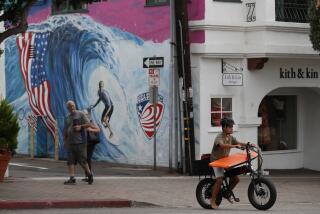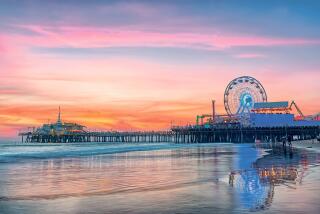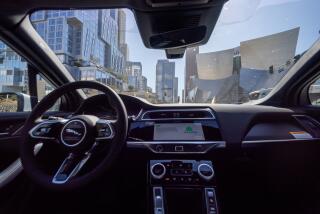Must Reads: In L.A.’s street-racing scene, ‘likes’ and followers can be just as important as engines and tires
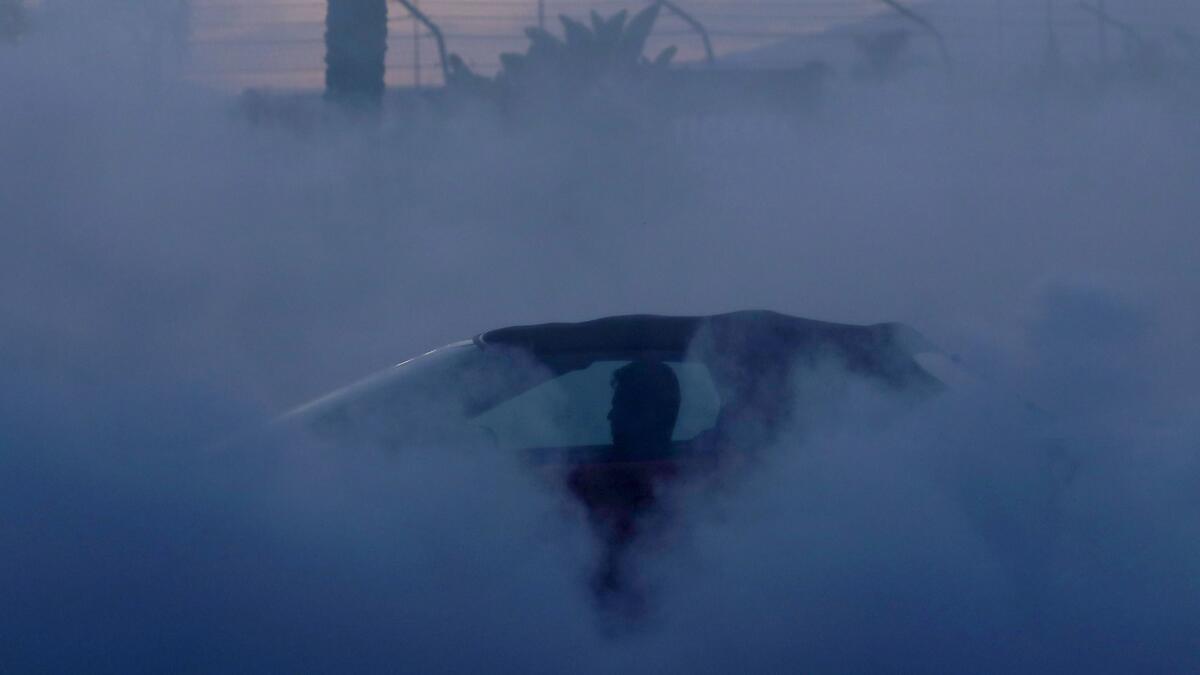
Two at a time, the vehicles blasted down a Compton roadway scarred by skid marks from past races. Drivers playfully mocked each other, placing small bets on each contest. Then, someone shouted.
“Cops!”
Drivers and onlookers scurried into the nearest car, tearing away from the area as the blue and red flashes of a Los Angeles County Sheriff’s Department cruiser reflected off their back windows.
Inside one of the fleeing vehicles, the driver barked out a new location. In the back seat, another man typed on his cellphone, alerting a Facebook group.
Minutes later, most of the racers reassembled on the other side of Compton. The police were nowhere to be seen.
Popular Instagram accounts, YouTube channels and other forms of social media have served as a bullhorn for Los Angeles’ street-racing community in recent years, said law enforcement officials and members of the racing community. The larger a car club or race organizer’s online following, the easier it can draw large crowds to illegal events.
The platforms have helped expand Los Angeles’ reputation as a proving ground for car clubs from as far away as San Bernardino and Oakland, allowing regional rivalries to gain steam through online wars of words and video clips of racers performing on their home turf.
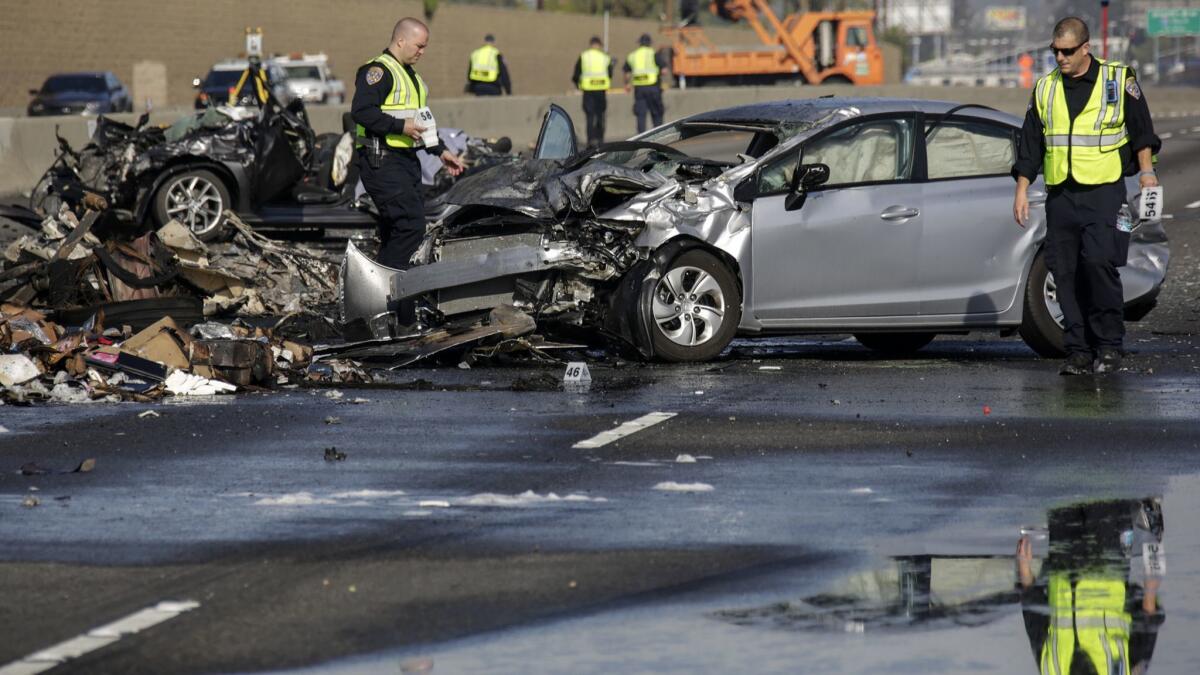
But authorities say social media is also one of several factors that have turned the racing culture more violent in recent years, with some racers more inclined to perform dangerous stunts or turn aggressive toward police in the hopes of creating a viral racing video.
Earlier this month, seven men were charged with assaulting Los Angeles police officers who were trying to chase a suspect at a street-racing incident in South L.A., authorities said. Last December, Los Angeles Fire Department officials said an ambulance responding to an emergency call was also attacked by racers at a street “takeover,” in which racers block off an intersection or stretch of road in order to perform “burnouts” and other stunts. A group of racers also shot a firework at a police helicopter in the Los Angeles area earlier this year, CHP officials said.
In years past, street racers would do whatever they could to avoid police, said Los Angeles Police Department Sgt. Jesse Garcia, one of the agency’s top racing investigators. Now, he believes they crave conflict, hoping controversial footage will lead to more “likes” and followers.
“The more outrageous the acts that are captured on these videos, the more notoriety that they get,” he said. “A lot of these individuals will try to get themselves stopped for something very minor so they can air it ... just to add to their fan base.”
Earlier this year, a Los Angeles Times analysis of coroner’s records, police reports and media accounts found that at least 179 people had died in suspected street races in Los Angeles County since 2000. There were 984 street-racing incidents in Los Angeles County last year — including spontaneous races and organized events, according to data tracked by the California Highway Patrol — accounting for a little more than 40% of the incidents statewide.
Police say street-racing incidents in the area are on the rise, driven in part by racers’ ability to promote meet-ups, fuel regional rivalries and adapt to police responses through Instagram accounts.
Abraham Kim, an investigator who took part in a recent CHP task force targeting street racers, said Instagram “stories” have become the preferred method of communication for race organizers in recent years. The feature enables users to create photo and video slideshows that disappear after 24 hours.
Because they vanish quickly, police must constantly monitor accounts that can set up sporadic rally points across Los Angeles County, he said.
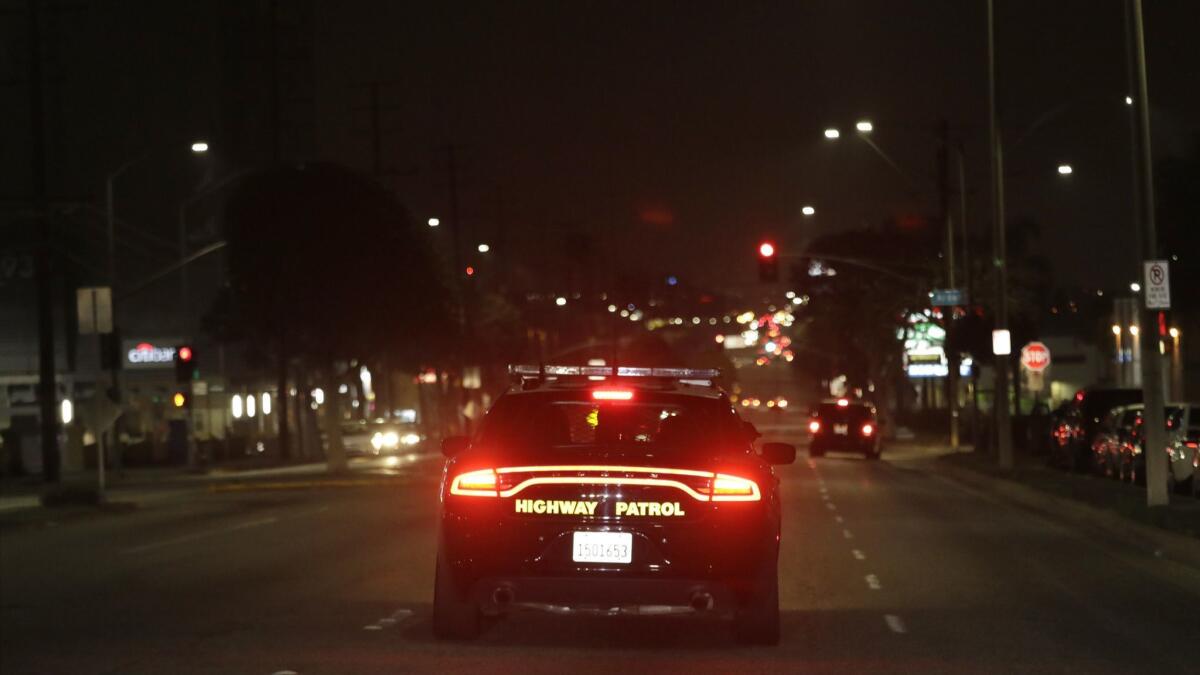
“They just have one guy who is the organizer and he’s followed by a bunch of people and he’ll post, ‘Hey, next spot is at this street, be quick about it,’” Kim said. “Once that’s posted, then he’ll take it off.”
Though investigators believe social media is a driving force in the racing scene, it is not clear how adept police are at monitoring such activity. Both the CHP and the LAPD refused to discuss how they track racing activity online.
On a recent evening, two Times reporters shadowed a CHP street-racing task force for several hours. The investigators drove to several known hot spots across South L.A. and Torrance, but found no racers or screeching brakes — only skid marks left by fleeing drivers.
Two Los Angeles residents who have been active in the takeover scene said Instagram has made it much easier for someone to set up either a large takeover or a quick cash race with just a dozen cars.
“Anyone can be an organizer as long as you’ve got enough followers,” said one man, who declined to give his name for fear of reprisal from police or fellow racers.
A Santa Ana-based racer, who asked to be identified only as Richard, said that although Instagram has made it easier to organize races and sideshows, it’s also made it more likely that large, rowdy crowds will show up and cause the kinds of problems that draw police attention.
“The problems are the ones on Instagram where they invite everyone and their mother and their mother’s friends,” he said.
In recent months, investigators say car clubs from San Bernardino, Orange County and the Bay Area have been drawn to Los Angeles to hash out rivalries. Instagram and other social media accounts displaying videos of races and other competitions can sometimes fuel conflict, Kim said.
“It just hypes up the other groups to come out more often and kind of show that this is how we do it here in L.A.,” he said. “It’s almost a north-south competition kind of deal.”
Viewing some of the more popular Los Angeles-based racing accounts can provide a snapshot of the city’s risky, and sometimes violent, street-racing scene.
One Instagram account dubbed “MJ420_MonteCarlo_SS” is home to dozens of videos showing cars performing burnouts, with vehicles swerving just a few feet from spectators. One clip, posted in April, shows an argument breaking out while cars are lined up to race.
The screaming match quickly devolves, and several people can be seen kicking and swiping at a vehicle as it tries to flee. Other clips show the woman who runs the account engaging in takeovers.
The account is operated by a prominent Los Angeles street racer who goes by the nickname “Mary Jane” because she often smokes marijuana while driving in her videos, said an anonymous law enforcement official who wasn’t authorized to speak publicly about investigations.
The Times reviewed several videos on the account earlier this year, but it was made private in July. The operators of similar YouTube and Instagram accounts declined requests for interviews.
When asked about street-racing content on its platform, YouTube released a statement saying it has “clear policies on potentially harmful or illegal content, and we quickly remove videos violating these policies when flagged to us.”
“Videos that encourage dangerous or illegal activities where serious injury may result are subject to review and removal under this policy,” the statement read.
An email to Instagram seeking comment was not returned. A spokeswoman for Facebook did not respond to questions about street-racing content on the social media site.
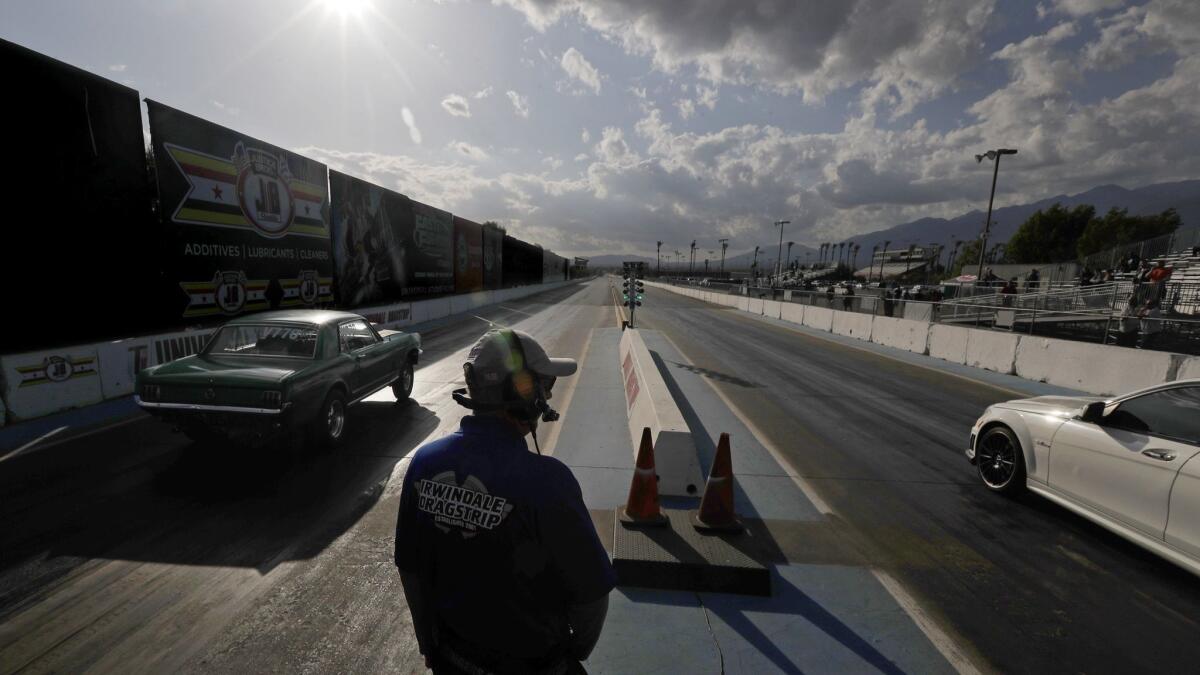
Though police are concerned that social media has exacerbated some of the local racing circuit’s worst aspects, activists who want to curtail illegal racing are trying to use Instagram and Facebook to communicate with organizers.
Kevin Stevens, marketing director at Irwindale Speedway, a legal racetrack, said he’s been monitoring racing-related social media accounts since he became part of the track’s new ownership team earlier this year. When he notices trash talk between rival car clubs on a Facebook or Instagram post, Stevens tries to persuade the racers to face off in the safer confines of a legal drag strip.
“In just the short time that we’ve been managing the facility, we’ve seen probably four or five of these grudge races that otherwise would have occurred out on the streets,” he said. “Instead, they’ve chosen to take it to the track.”
For all of the access social media might provide to police or activists looking to better understand the county’s racing scene, an Instagram or Facebook account can also give racers a huge numbers advantage when they cross paths with cops offline.
“We’ll have one or two available units,” said Kim, the CHP investigator. “But that’s not enough to deal with 500 people.”
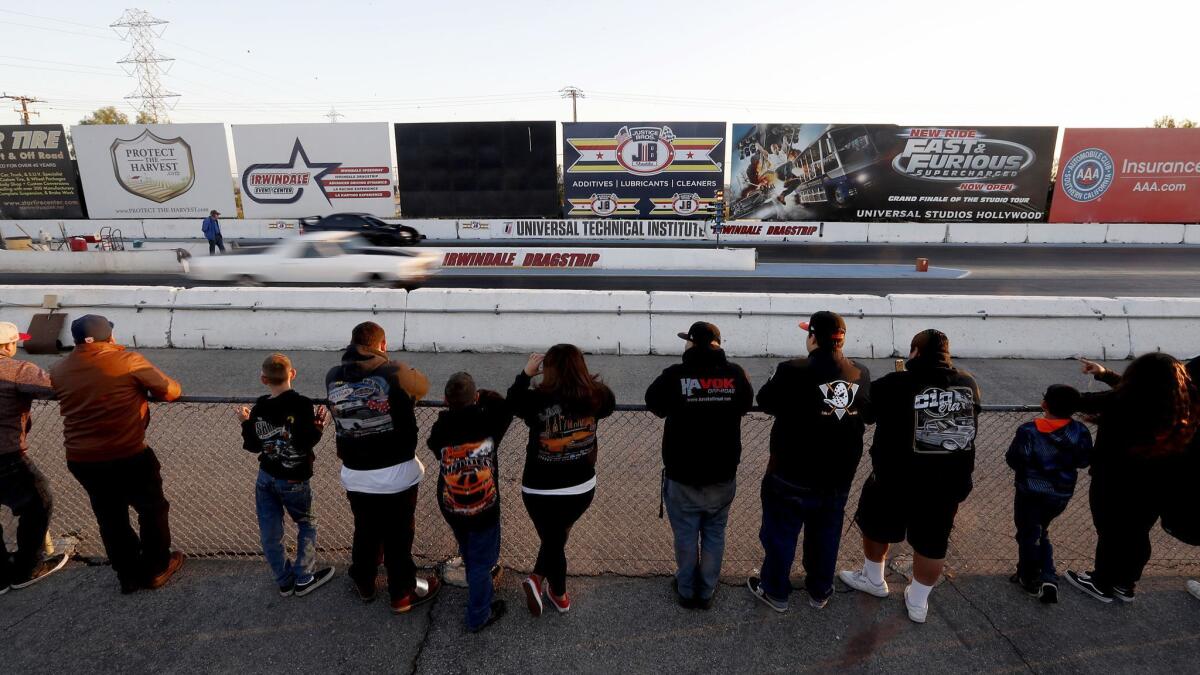
Follow @JamesQueallyLAT & @nicolesantacruz for crime and police news in California.
More to Read
Sign up for Essential California
The most important California stories and recommendations in your inbox every morning.
You may occasionally receive promotional content from the Los Angeles Times.
